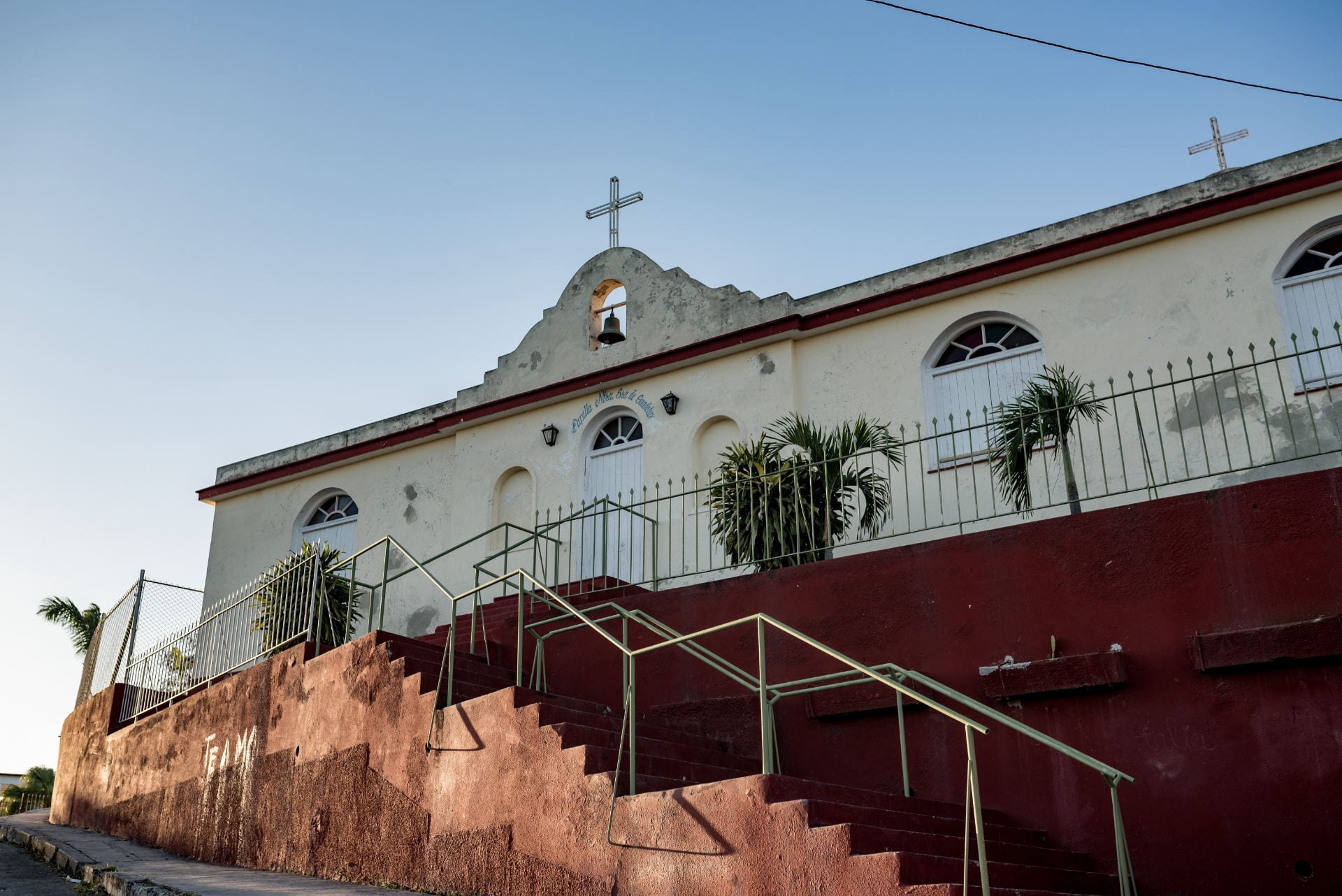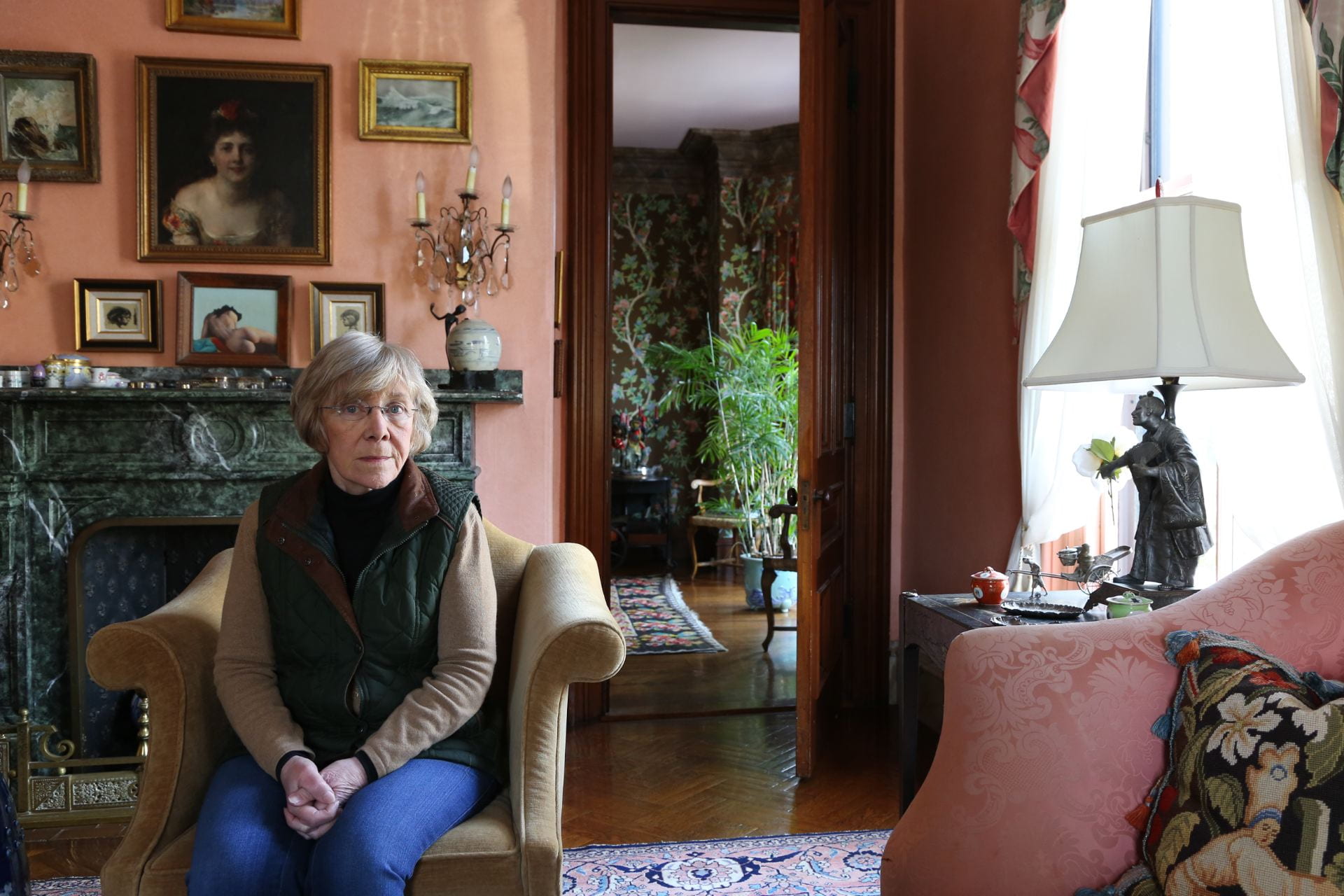Cuban-Americans send millions to vulnerable islanders in need
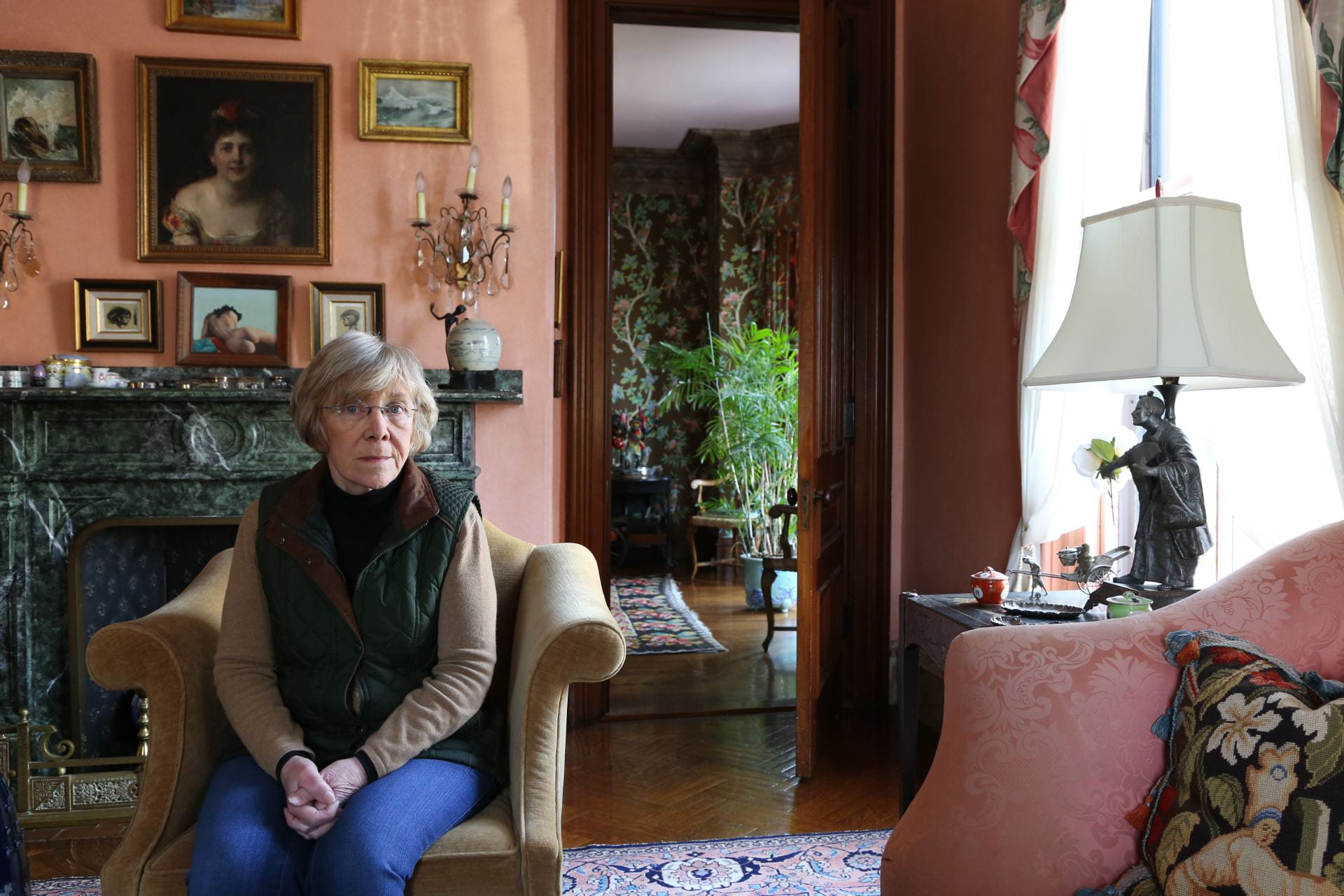
BOSTON and HAVANA, Cuba — The days of riding bicycles through Cuban neighborhoods abruptly ended for Consuelo Isaacson when her family had to leave their home in the midst of the Cuban Revolution in 1960. Stripped of everything, Isaacson’s family arrived in Miami with $5.
While her mother taught English to Cuban immigrants, 16-year-old Consuelo spent her days selling hot dogs on a beach to help pay for their hotel room. Eventually, the family found housing, permanent jobs and a new way of life.
Thirty-nine years later, in the front yard of her yellow Victorian house on Washington Avenue in Cambridge, Massachusetts, Isaacson hosted a small party as a way to connect to the country she was forced to leave, but never stopped loving. With five other people from similar backgrounds, she raised $25,000 that day in 1999, the first fundraiser of what would become Friends of Caritas Cubana, a non-profit that in the past five years alone has raised more than $3 million for Cubans in need.
“[I]t was an opportunity to do something for the Cuban people,” said Isaacson. “I totally believe in building bridges, and Friends of Caritas Cubana is a good cause, and one that builds bridges.”
Caritas Cubana is a nongovernmental organization run by the Catholic Church in Cuba. It’s unique on the island because the Communist government doesn’t allow aid organizations. Only faith-based groups can function as sources of aid distribution, and so far, this is the only one that operates with such widespread reach.
“We were so impressed with what [Caritas Cubana] did with so little that we decided to raise money for them every year,” said Isaacson, who traveled to the island for the first time in 2000 to deliver her first donations, but has since created a sophisticated mechanism by which to deliver money, supplies and resources to the people of her home country.
And over these 20 years, there has been no shortage of need.
Perennial hurricanes, tropical storms and unrelenting shortages of food and supplies because of the U.S.-imposed embargo are some of the factors that make the island population vulnerable. Also, recent political strife in Venezuela has proved crippling to Cubans and their economy because commerce has in effect shut down with the South American country, once Cuba’s primary trade partner. And then just this January, Cuba suffered a terrible and deadly blow when an unexpected tornado tore through Regla, a borough in Havana, killing four people, razing houses and leaving debris scattered throughout the streets.
Friends of Caritas Cubana was there to help, in some cases faster than the government itself, which proved to be critical to the community where in almost every home, mattresses were soaked, food was scarce and access to medicine was limited.
“You hear these stories about people with no electricity for two days,” said Micho Spring, another founding member of the Friends group. “And then they hear the church bells ring,” she added, “because there’s a truck of Caritas that has arrived to help.” Spring is chair of Global Corporate Practice for Boston-based Weber Shandwick, one of the world’s leading communications and marketing services firms, and vice chair of the Greater Boston Chamber of Commerce. She also once served for four years as a deputy mayor in Boston, and before that, as chief of staff to Mayor Kevin White in the mid-1970s.
Spring, Isaacson and their team were able to deliver relief immediately to tornado victims because Caritas has volunteers everywhere. Cuba was a predominantly Catholic country until the 1959 Revolution, which left many parishes throughout the country. And since 2008 when then-president Raul Castro allowed Cubans to practice religion freely, thousands have flocked back.
“Because of the parish structure, we reach every corner of Cuba,” said Spring. “That’s why the U.S. Embassy in Cuba always says that we’re the most effective NGO in the country, because of the incredible distribution mechanism we have.”
Services provided by Caritas Cubana go well-beyond disaster relief. With more than 70 percent of families in Cuba earning less than $1,000 a year, the population has access to programs for senior citizens, daycare centers and any donations that the organization has available at the time.
“We feel that this is our mission, to support those who weren’t able to leave,” said Spring about the Friends. “And to really support a new generation of Cubans that hopefully will lead Cuba to recover from all this economic squalor and be able to move forward.
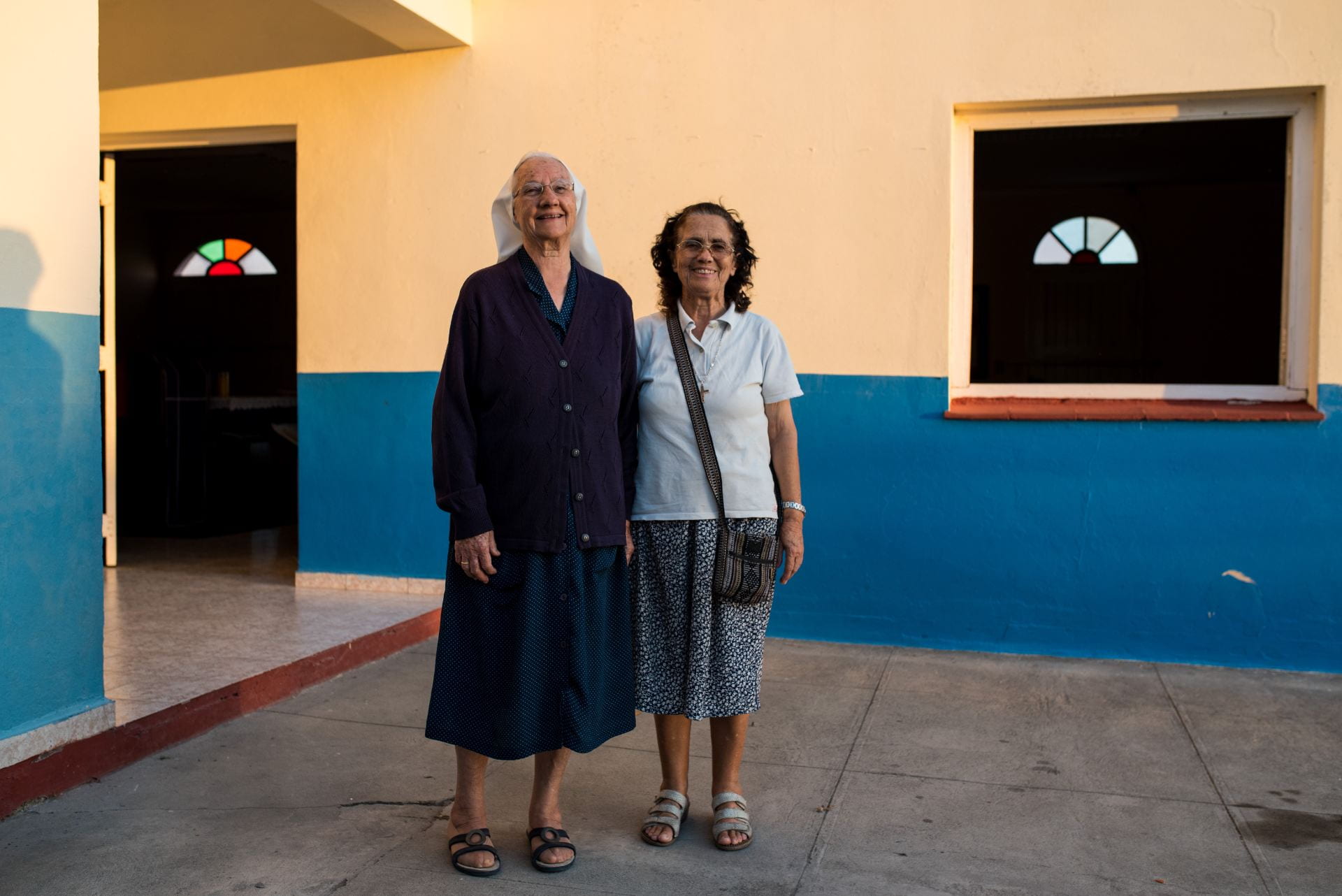
From the US to Cuba: Forming a functional nonprofit
Behind a towering, white metal gate in Vedado, a residential neighborhood in Havana, Caritas Cubana has its national office. The organization was founded in 1991, when the Bishops’ Conference of Cuba decided that the Catholic nonprofit would help the most vulnerable of Cuba’s population.
The early 1990s, also known as the Special Period in Cuba, was a time where food and materials were scarce. The collapse of the Soviet Union and the tightening of the United States trade embargo caused the Cuban economy to weaken, and need was widespread across the island. Many Cubans died in this period from starvation and common goods such as clothing and detergent disappeared.
In 1993, Maritza Sánchez, now the national director of Caritas Cubana, was working as a pharmacist in a Havana hospital. “The first thing Caritas did in Cuba was to organize a huge volume of humanitarian help,” said Sánchez through a translator from her office in Vedado. “So, I was asked at church if I could provide that service.” Sánchez helped Caritas Cubana throughout the developmental process by strengthening and structuring the organization “to give it a professional status.”
With the mission to “help, discover and protect human dignity,” said Sánchez, Caritas Cubana gathered volunteers and contributions to help Cuba’s most vulnerable. Even when materials and food could not be provided when the organization first launched, Caritas Cubana promoted social interaction. “People need help, that’s the reason why we exist,” said Sánchez. “Not just material help, but people need company, need support.”
Indeed, aid has since come in many forms from the 11 diocesan offices across the island. Besides the meals they serve, the group also offers a place for people to wash their clothes for free. There are daycare, tutoring, sports, theatre and meal programs for children and teens. Caritas Cubana provides support services at the homes of people living with HIV, AIDS and mental and physical disabilities. And for seniors, Caritas Habana, the Havana-based chapter of Caritas, provides materials for crafts such as sewing that participants can sell for profit.
Most of the funding for those efforts comes from groups such as the Friends in Boston. “Consuelo and Micho (Spring), one day they decided to help their hometown,” said Sánchez, surrounded by religious artwork and relics in her office that she has collected over the years volunteering for Caritas. “They had left many years before, and they decided to do it through Caritas.”
Spring had made her decision to help even before that garden party at Isaacson’s. In January 1998, while Spring was on the Board of Catholic Charities, she returned to Cuba to witness Pope John Paul II’s historic visit to the island. This was the first time a pope had visited Cuba, and he wanted to bring ideas of hope and peace to a country that was struggling.
“On the way back, the cardinal said to me, ‘You know, I’ve been trying to help the Cuban cardinal, who is trying to start Catholic Charities in Cuba. He’s asked me to help, but I can’t cannibalize Catholic Charities in Boston to give money to Cuba. I need Cubans to do this,’” recalled Spring.
That was the starting point for Friends. “We have stitched together a community of people who have wanted to return to Cuba with a positive message to help,” said Spring, “which hasn’t always been the tone in some aspects of the Cuban-American communities.”
Isaacson credits Spring for getting her involved in the nonprofit. “I had no intention of going back,” said Isaacson as she reflected on her relationship with Spring and her home country. “I live in a non-Cuban place now, but somehow they always find us.”
While the group has been successful, it hasn’t been without challenges. “Most philanthropy in the United States is local. People give to the local YMCA, the local church,” said Mauricio Vivero, chief executive for the Friends and its first full-time staff member, hired in 2018. Vivero came to the U.S. in 1970 as a refugee in the final years of the “freedom flights” – a refugee program organized by Americans that saw 300,000 Cubans leave the island between 1965 and 1973. “So, one challenge is that we’re competing with lots of other causes and we are an international cause.”
Their solution, more than to directly ask for money, is to provide a space for people to tell their stories, share photos and connect to their past lives as island Cubans. In September 2018, for example, Friends held their 20th anniversary fundraiser at the Jose Mateo Ballet Theatre in Cambridge. The event featured an auction with art by Cuban and American artists, live music, dancing and guest poet Ricardo Blanco, whose parents were Cuban exiles to Madrid.
As Vivero explained, the key to fundraising is having “events where Cubans live and want to support their homeland.”
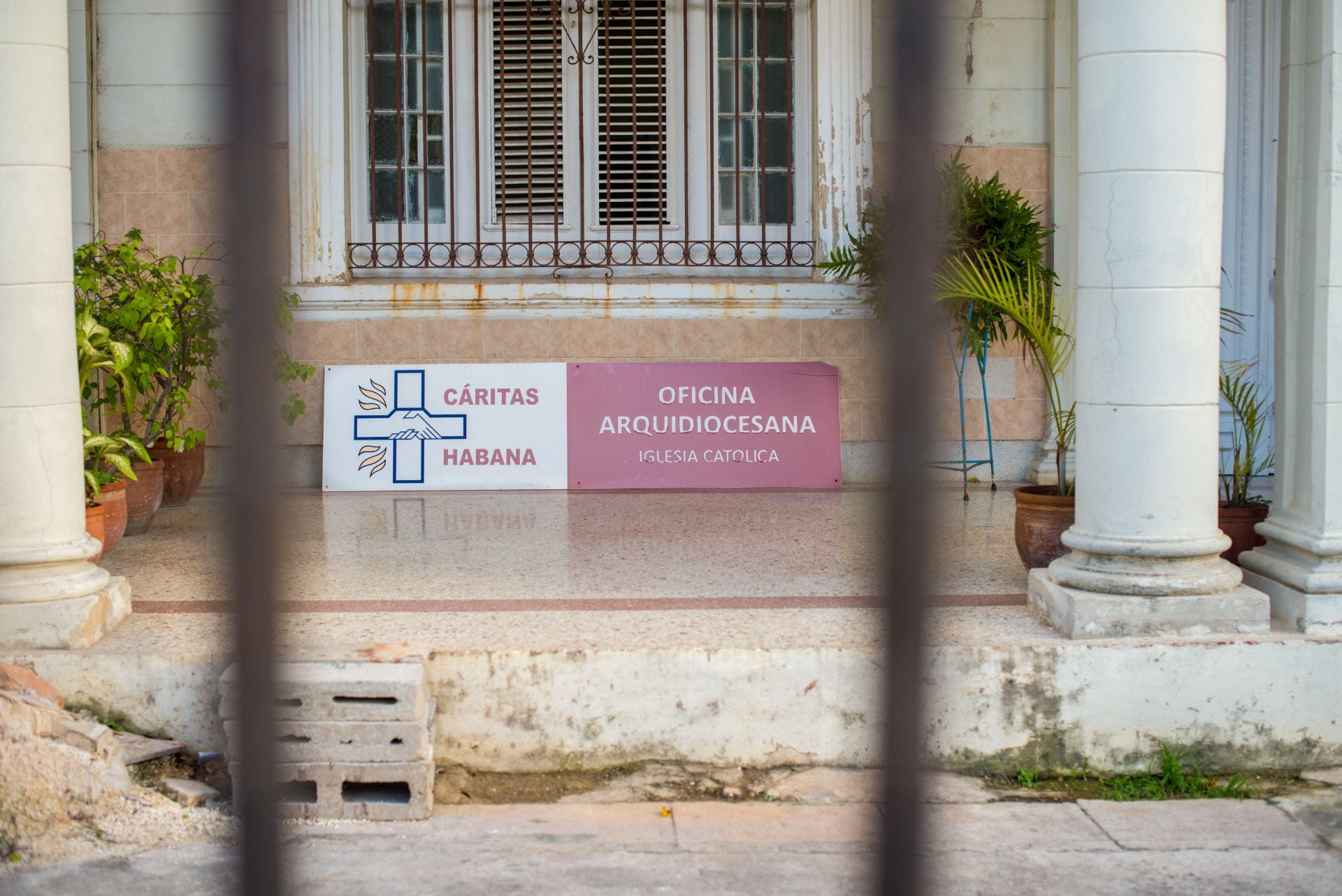
Rapid response
On a sunny day in March, the sound of hammering echoes through the dust-filled air as trucks move wooden planks and tools down the streets in Regla, which is a densely populated residential district across from Old Havana on the other side of Havana Bay. A dust cloud hovers over the community, even two months after the tornado hit, because the neighborhood has become an endless construction zone.
Still, children cannot play outside because the streets are taken over by heavy construction vehicles.
Mother Superior Judit Blanc of Hermanas del Amor de Dios, Sisters of the Love of God, has since made her church, which overlooks the neighborhoods destroyed by the tornado, a safe place for the children of Regla to play. The Sisters of the Love of God received help from Caritas immediately after the destruction in the form of monetary donations and pop-up soup kitchens.
It was targeted and rapidly distributed aid. “For sure the government has provided and given materials,” said Mother Superior Judit through a translator, “but they also charged [the residents].” Since Caritas is protected by the Catholic church, the organization can facilitate the distribution of their own donations and materials without charging any fees to residents, unlike the Cuban government, which is more concerned with even distribution of aid, Mother Superior Judit said.
For three weeks after the tornado, Caritas provided breakfast, lunch and dinner for 800 people a day, Vivero said. The group also conducted a house-by-house assessment and distributed blankets, mattresses, clothes and building supplies to those most in need.
While the need in Regla remains high, Mother Superior Judit is grateful for the ongoing contributions from nonprofits such as Caritas, and even the local community. “Cubans are like that,” she said. “Even if they don’t have anything, they take off what they are wearing and give it to others.”
Friends of Caritas Cubana is still raising money for the efforts. A quick visit to the group’s website prompts an immediate “donate now” button and this message: “Please helps the victims of the tornado by making a donation…. The tornado damaged 1,238 homes and left many without power. We are providing water, food, clothes and shelter for the victims, as well as future support for reconstruction of the homes damaged.”
For now, Spring is hopeful, though sometimes skeptical, that she and her colleagues will be able to maintain and sustain an adequate level of interest in helping the Cuban people.
“I think that’s the mission, is really to continue to reach the next generation of our descendants, our children and our grandchildren, who want to continue the work of supporting the most vulnerable in Cuba,” said Spring, who left the island in 1960 when she was 10 years old, a year after the Castro Revolution. It took 37 years for her to get back. And now, she returns as much as she can.
“Our goal is to institutionalize it,” she continued, “and to have it be a vehicle for the Cuban diaspora to come together in support of the most vulnerable people in Cuba.”
